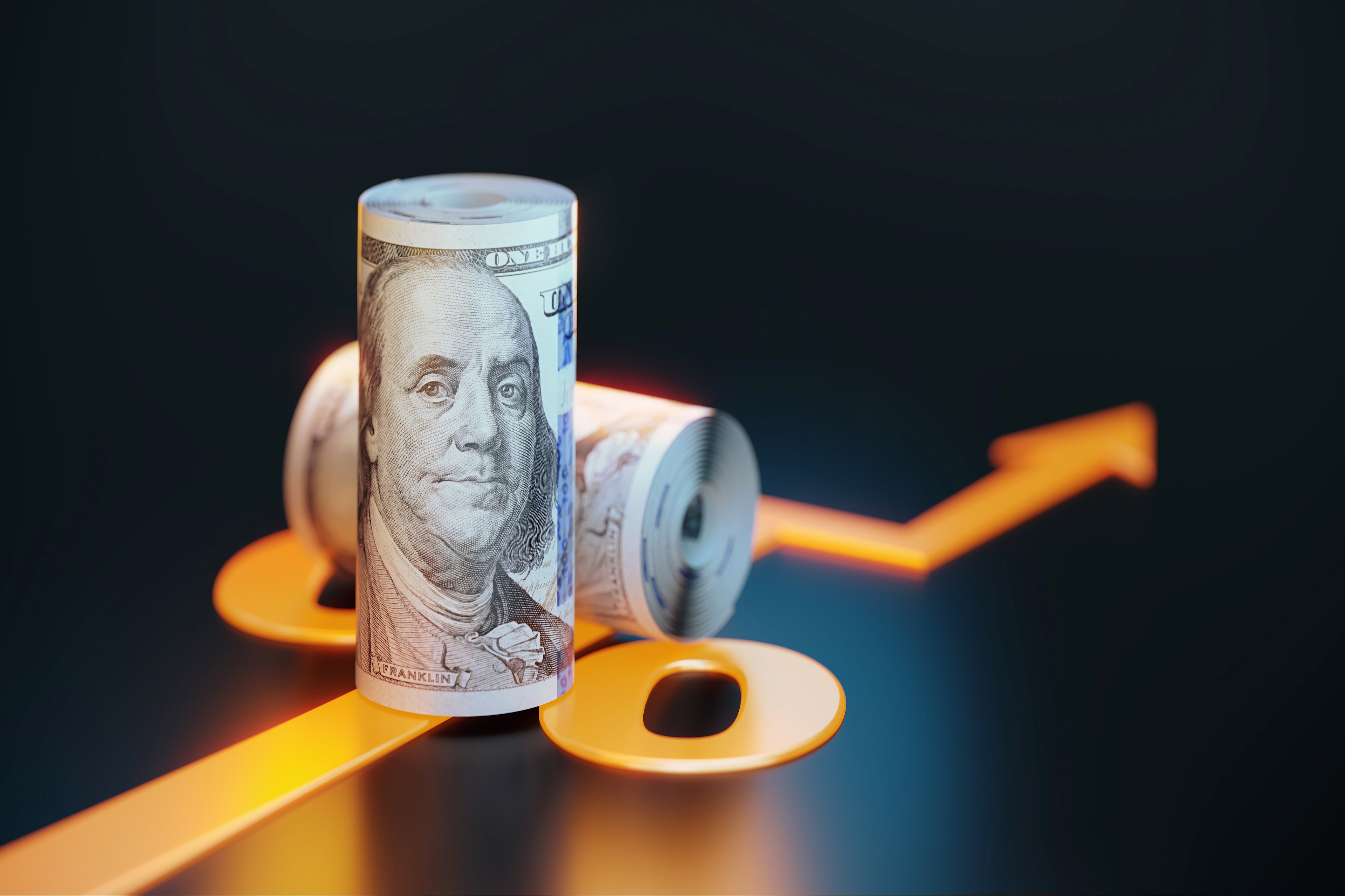Sometimes, the market becomes so fixated on valuation metrics that it overlooks a fundamental shift in technology. That's exactly what's happening with D-Wave Quantum (QBTS 6.72%) right now.
Yes, the stock has exploded 113% year to date, as of June 9, 2025. Yes, it trades at a nosebleed 146 times projected 2026 sales. And yes, quantum computing stocks have been riding a speculative wave that makes the dot-com bubble look rational. But here's what the bears are missing: D-Wave just crossed the line from quantum promise to quantum delivery, and the implications are staggering.

Image source: Getty Images.
Last month, D-Wave posted blockbuster first-quarter results, with revenue surging 509% year over year, headlined by the landmark sale of its Advantage2 quantum system to Germany's Jülich Supercomputer Center. This wasn't just a financial win; it was a technical one.
The company announced a watershed moment in applied quantum computing, with its next-generation prototype solving a complex optimization problem thousands of times faster than a classical supercomputer could.
Most importantly, this leap from theory to practice is being validated in the commercial world. For example, Ford subsidiary Otosan recently slashed vehicle scheduling times using D-Wave's platform, proving the technology's real-world utility.
The case for buying at these levels
Research firm McKinsey & Co. projects quantum computing could create trillions in value over the next decade. D-Wave is squarely targeting the optimization segment, a foundational, multibillion-dollar piece of that market. Capturing even a fraction of the value in logistics, finance, and artificial intelligence (AI)-related optimization would imply a future valuation many multiples of its current size.
D-Wave's distinctive approach -- quantum annealing instead of gate-based computing -- gives it a major lead in these real-world applications. With a strong balance sheet featuring $304 million in cash, the company is well-funded to scale its commercial lead. The powerful 92.5% gross margin seen in the latest quarter, driven by its high-end system sales, demonstrates the profound economic potential of its technology, proving that quantum computing can be a viable business today.
Traditional valuation metrics alone are insufficient for a company creating a novel computing technology. D-Wave's quantum annealers aren't intended to replace classical computers wholesale; instead, they are engineered to excel at certain classes of problems, particularly in optimization.

NYSE: QBTS
Key Data Points
The goal is to achieve a "quantum advantage" where their systems can solve these specific, complex problems more efficiently than any classical computer. As one of the first companies to commercialize its quantum hardware, D-Wave represents a distinct approach focused on near-term applications in this developing field.
Why D-Wave owns the quantum optimization niche
D-Wave's commanding $5.56 billion valuation reflects a market that is finally waking up to a critical fact: The company has the most mature commercial offering in the only part of quantum computing delivering customer applications today: optimization.
While giants like IBM and Alphabet pursue the long-term, research-heavy goal of building universal quantum computers, D-Wave is focused on the here and now. Its quantum annealing systems are built to solve real-world optimization problems, one of the most practical and immediate use cases for quantum technology. This isn't a narrow niche; it's a multibillion-dollar market hiding in plain sight, underpinning everything from airline routing and portfolio construction to drug discovery and manufacturing logistics.
The proof is in the customer list. D-Wave has secured 69 paying commercial customers, including industry leaders like Volkswagen, Lockheed Martin, and Denso. These aren't just science experiments; they are focused efforts to tackle complex challenges. Volkswagen, for example, has used D-Wave's technology to optimize paint shop schedules, a clear sign of tangible, operational applications that drive efficiency.
D-Wave's technical strategy is the key to its commercial head start. By focusing on quantum annealing, its architecture has different and less stringent requirements for error correction and coherence than universal gate-based systems.
This is not a detour; it's a strategic advantage that has allowed D-Wave to leapfrog competitors in the race to commercial scale, deploying powerful 5,000+ qubit processors built for one purpose. While gate-based systems are a different technological path with different goals, no other player can match D-Wave's scale and commercial track record in the optimization space today.
For investors, the $5.56 billion question is whether this valuation is justified. Given that D-Wave is the established leader in a market poised to disrupt dozens of global industries, its current capitalization may well be a prelude to future growth as its technology becomes mission critical for modern business.
Still a buy?
Every major technology shift creates trillion-dollar winners. The internet minted Amazon and Alphabet. Mobile created Apple's empire. Artificial intelligence (AI) is birthing new giants daily. Quantum computing will be no different, except this time investors can buy the leader for just $5.56 billion -- considerably less than what Meta burns on Reality Labs in two quarters.
D-Wave isn't a speculative bet on distant quantum breakthroughs. It's a growing business with bluechip customers. The only question is whether you believe quantum computing will transform optimization problems. If yes, then D-Wave stock isn't expensive. It's fundamentally mispriced.





